Emotional behavioral tests are designed to assess the emotional states and affective responses of animals, primarily rodents, in controlled laboratory settings. These tests are crucial for investigating the neurobiological, genetic, and pharmacological underpinnings of emotional processes, such as anxiety, fear, depression, and reward-related behaviors.
GemPharmatech provides therapeutic efficacy data using behavioral tests such as the Open Field Test (OFT), Forced Swim Test (FST), Sucrose Preference Test, Tail Suspension Test, Novelty-Suppressed Feeding Test, Marble Burying Test, and Elevated Plus Maze (EPM) to detect changes in mouse emotional states.
1. Open Field Test (OFT)
While primarily used to measure general locomotor activity and anxiety-like behavior, this test also provides insights into spontaneous motor activity and exploratory behavior by quantifying the distance traveled, speed, and movement patterns of animals in an open arena.
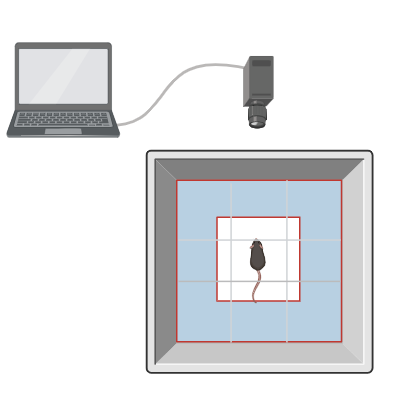
Open Field Test
2. Forced Swim Test (FST)
This test is used to measure depressive-like behavior. The animal is placed in a water-filled cylinder, and the latency to float and duration of immobility (floating) are recorded.
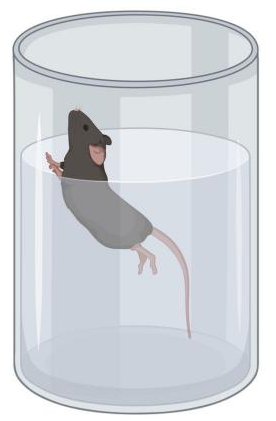
Forced Swim Test
3. Sucrose Preference Test (SPT)
This test is used to assess anhedonia, a core symptom of depression, by measuring the animal's preference for a sucrose solution over water. Reduced sucrose preference is indicative of anhedonia.
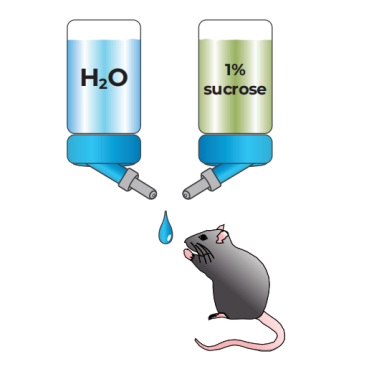
Sucrose Preference Test
4. Tail Suspension Test (TST)
The TST assesses depressive-like behavior by measuring the duration of immobility when an animal is suspended by its tail.
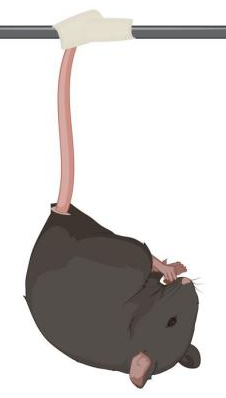
Tail Suspension Test
5. Novelty-Suppressed Feeding Test
This test measures anxiety-like behavior in rodents by placing a food-deprived animal in a novel, open arena with food. The time taken to approach and eat the food (latency) reflects anxiety levels. It’s often used to study antidepressant effects.
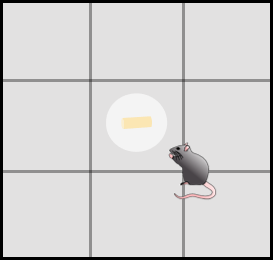
Novelty-Suppressed Feeding Test
6. Marble Burying Test
The MBT assesses anxiety or compulsive-like behavior by observing how many marbles a rodent buries in bedding during a set time. Increased burying is linked to higher anxiety or repetitive behaviors, commonly used in OCD and anxiety research.
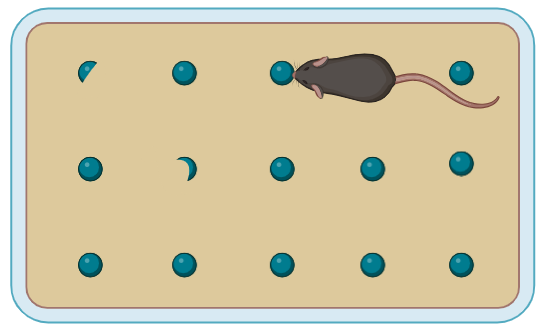
Marble Burying Test
7. Elevated Plus Maze (EPM)
This test evaluates anxiety-like behavior by measuring the time an animal spends in the open arm versus closed arm of a plus-shaped maze elevated above the ground. Increased time in the open arms is interpreted as reduced anxiety.
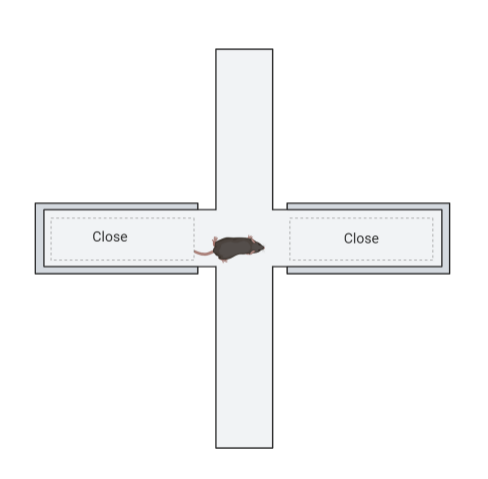
Elevated Plus Maze
All the images were created in https://BioRender.com.

